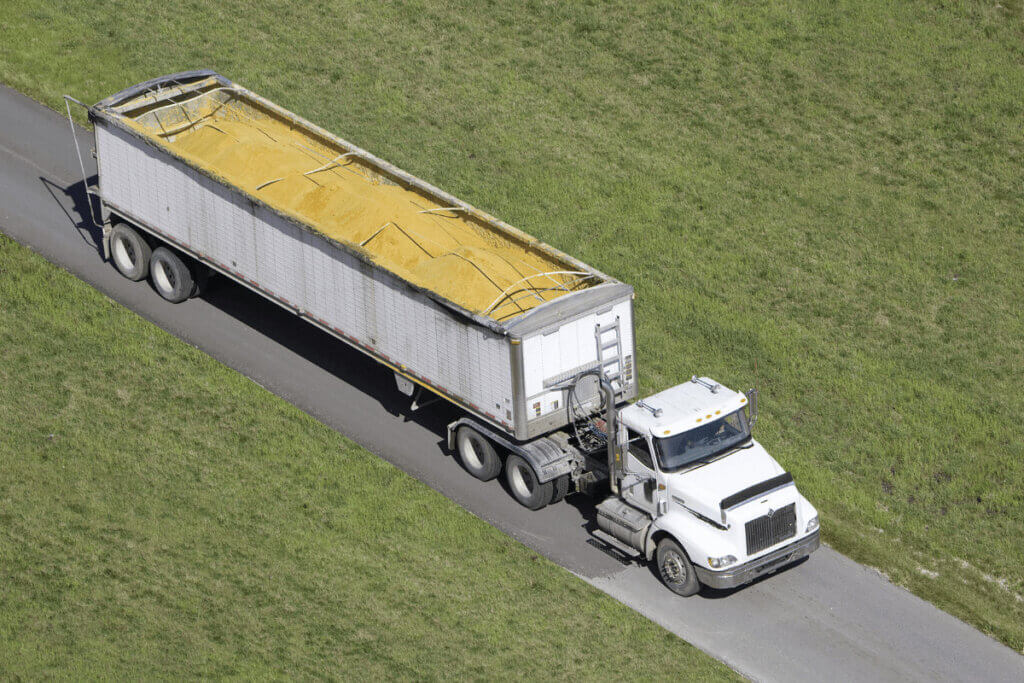
Introduction:
Wheat straw, often an overlooked byproduct of agriculture, is emerging as a valuable commodity in the international market. Beyond its traditional role in soil health and animal bedding, wheat straw exports are presenting a range of economic and environmental benefits for countries that harness this golden resource. In this blog post, let’s delve into the exciting world of wheat straw exports and the numerous advantages they bring to the global stage.
- Sustainable Export Practices:As the world turns towards sustainable practices, the export of wheat straw aligns with environmentally conscious trends. Countries exporting wheat straw can position themselves as leaders in sustainable agriculture, contributing to global efforts to reduce reliance on non-renewable resources.
- Diverse Applications in International Industries:Wheat straw’s versatility extends beyond its applications in agriculture. It is increasingly being used as a raw material for manufacturing eco-friendly products such as packaging materials, disposable cutlery, and even construction materials. By exporting wheat straw, countries can contribute to the global demand for sustainable alternatives to traditional materials.
- Boosting Agricultural Economies:Exporting wheat straw provides an additional revenue stream for agricultural economies. Farmers can benefit from selling wheat straw to international markets, turning what was once considered agricultural waste into a valuable commodity. This diversification of income sources can contribute to the stability and growth of rural economies.
- Addressing Plastic Pollution:Wheat straw exports offer a sustainable solution to the global issue of plastic pollution. As more countries and industries seek alternatives to single-use plastics, the demand for biodegradable and compostable materials is on the rise. Wheat straw, with its environmentally friendly characteristics, becomes a sought-after export commodity in this context.
- Job Creation and Economic Growth:The wheat straw export industry has the potential to generate employment opportunities along its supply chain. From farmers involved in straw production to those working in processing and manufacturing plants, exporting wheat straw can contribute to job creation, supporting local communities and fostering economic growth.
- Positive Environmental Impact:Utilizing wheat straw as an export commodity has a positive impact on the environment. Instead of burning or disposing of straw after harvest, exporting it ensures that this byproduct is put to good use, reducing agricultural waste and contributing to more sustainable farming practices.
- Global Collaboration for Sustainability:The export of wheat straw fosters international collaboration in sustainable practices. Countries engaged in wheat straw exports become key players in the global effort to combat climate change and promote environmentally friendly alternatives. This collaboration can lead to shared knowledge and innovations in sustainable agriculture.
Conclusion:
Wheat straw, once considered a simple byproduct of wheat harvesting, is now taking center stage as a valuable export commodity. Its versatility, sustainability, and positive impact on various industries position wheat straw as a golden opportunity for countries looking to boost their economies while contributing to a more sustainable and environmentally conscious global market. As the demand for eco-friendly alternatives grows, the export of wheat straw becomes not just a wise economic move, but a crucial step towards a greener future.

